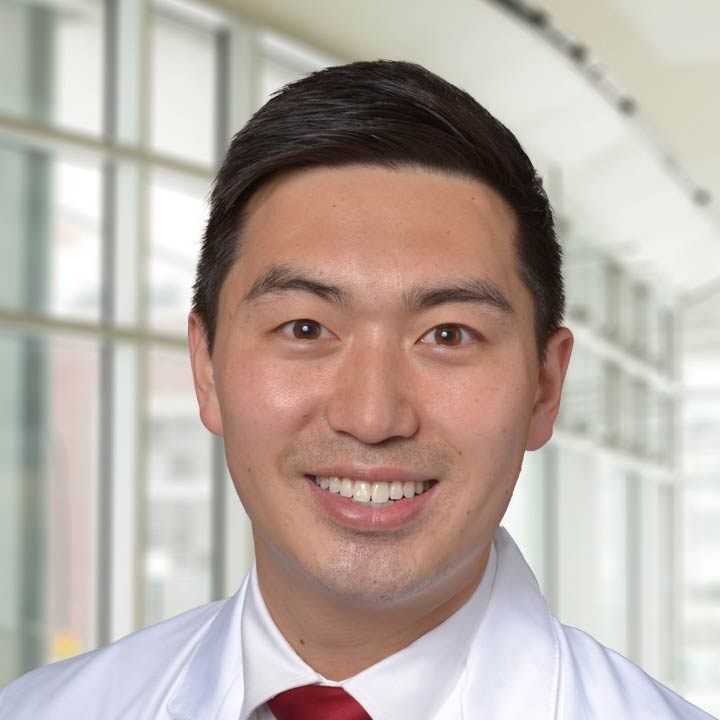
Concert halls, theaters and music conservatories are back up and running since most COVID-19 restrictions were lifted. It’s been a welcome relief for the professional performers who’d been waiting to get back on stage.
Many singers, however, are facing serious hiccups as society returns to “normal.” At the Voice and Swallowing Clinic at The Ohio State University Wexner Medical Center, we’ve seen an uptick in the number of patients coming in with voice disorders. A substantial number of them are professional vocalists.
The good news is that these conditions are treatable and even curable. What is happening, though, to trigger these disorders in the first place?
Vocal muscles need regular exercise to perform well
The first thing to understand is that the larynx (or voice box) functions by a series of muscles. As with other muscles, they require regular exercise to stay in shape. However, it has to be the right type of exercise.
Let’s use an Olympic high jumper as a metaphor. Imagine the athlete taking a long break from the sport. The athlete still walks or runs every day, so the legs are getting exercise. But after months or even years without jumping, the athlete will notice that their form and strength have declined. The legs are functional, but they will be out of shape for jumping.
It’s no different for singers who were forced to take long breaks during the height of the pandemic. Overnight, concerts and touring groups were canceled. Live instruction and in-class performances ceased for musical students. People couldn’t perform at bars, restaurants or music festivals, either.
The extended rest period may have contributed to vocal fold atrophy for some singers, which means the vocal fold muscles have thinned. Atrophy makes it more difficult for the vocal folds to have good closure when singing, which means that a singer’s range and volume may suffer. Techniques may also have worsened from lack of practice.
Some of the performers we’ve treated at the clinic were unable to stay on top of their vocal training at home during venue shutdowns because they had to find other jobs. For example, I’ve treated people who worked at daycare centers or in loud restaurants. Vocally demanding tasks can put a serious strain on a singer’s voice, cause other vocal fold problems and hinder their ability to practice effectively.
The direct impact of COVID-19
Previous COVID-19 illness is contributing to the increase in vocal disorder cases as well. So-called COVID “long-haulers” have experienced a sustained decrease in their pulmonary function, which means breathing and vocalizing can be more challenging. Weakened lungs make it a lot harder for singers to perform to the best of their ability.
Patients who needed an artificial airway while hospitalized with COVID-19 may also see a negative impact on their voices. Undergoing intubation or tracheostomy can sometimes affect the movement of the vocal folds. In some cases, they can also lead to scarring along the vocal folds and the trachea (or windpipe), which can be affected by how long either were in place.
Other vocal disorder risk factors and symptoms to watch
Social isolation can inadvertently trigger a vocal disorder. We’ve seen patients who didn’t talk enough during pandemic lockdowns who developed voice problems from underuse. The reverse is also true — excessive screaming can create thickening on the sides of the vocal folds, and therefore make your voice sound rough and, sometimes, breathy.
Other risk factors include smoking habits, acid reflux and allergies. The human papillomavirus (HPV) can also cause growths to develop on a person’s vocal cords and, if left untreated, could cause serious breathing problems.
Symptoms that indicate your voice isn’t healthy include:
- Difficulty talking or hitting high notes when singing
- Sounding rougher, breathier, deeper or more unstable than normal
- Feeling aches or strain in your throat
When to seek medical attention for voice issues
The guidelines from the American Academy of Otolaryngology recommend seeing a doctor if your symptoms haven’t improved within four weeks. I advise making an appointment sooner if you have additional risk factors like unintended weight loss, if you recently had a breathing tube inserted or if you’ve had any surgery in the neck or chest areas. Professional vocalists should also come in sooner.
At Ohio State, care begins with a thorough evaluation, because identifying the problem is half the battle. We have high-definition, digital stroboscopic equipment that allows us to visualize the vocal folds in high detail and see how they move and vibrate. We can also use a flexible scope through the nose or a rigid scope through the mouth to take a closer look.
Once there’s a diagnosis, there are various treatments available. Speech therapy is often an option for patients who have experienced vocal fold thinning and need help to rebuild strength.
We have the capacity to do clinical procedures for patients with vocal fold atrophy or paralysis. For those with vocal papillomas, we can target the area with laser therapy. There are also surgical options available, depending on the severity of the issue and the specific cause.
The majority of vocal disorders can be treated, and we can often help patients return to their baseline. I also want to stress how important it is to address a voice issue sooner rather than later. A voice disorder could be an early clue of a more serious condition like a neurological issue or cancer. Please don’t ignore symptoms. Come in, have it evaluated, and we’ll figure out the best course of treatment to fix your vocal problem.

Having trouble speaking, singing or breathing?
See a specialist at central Ohio’s only Voice and Swallowing Clinic.
Schedule an appointment




